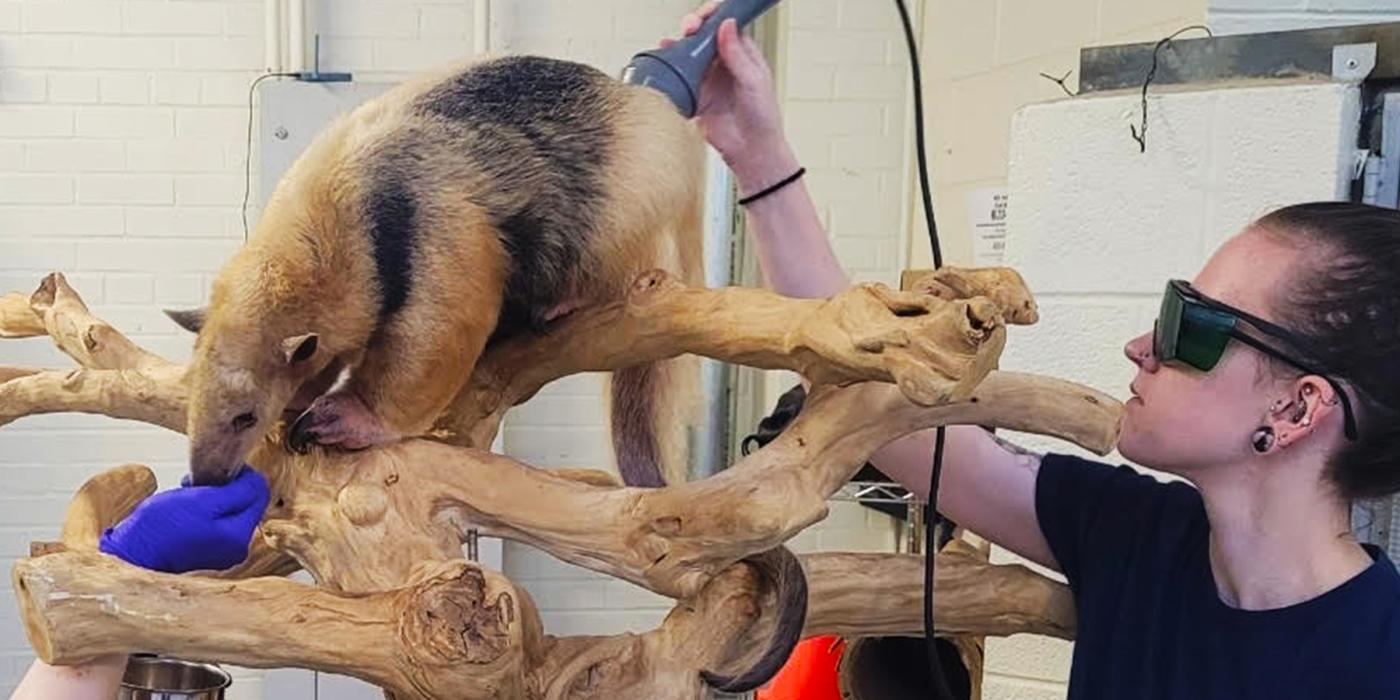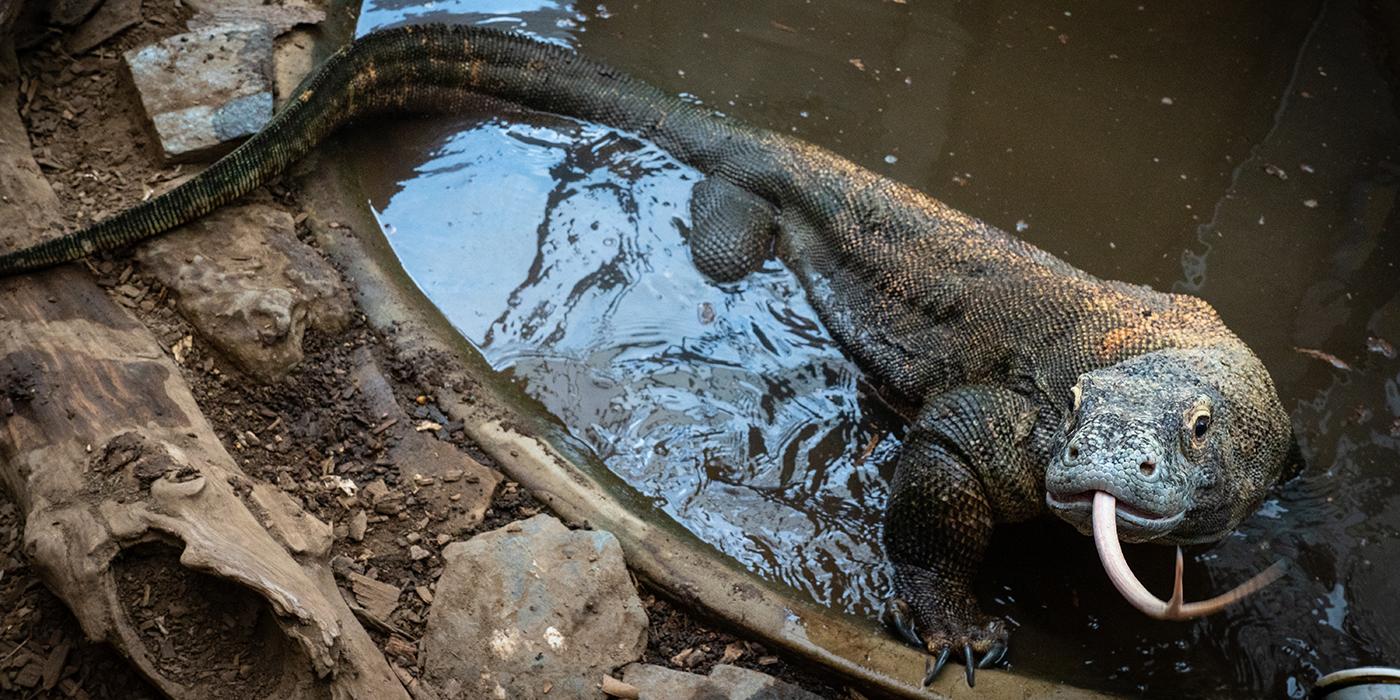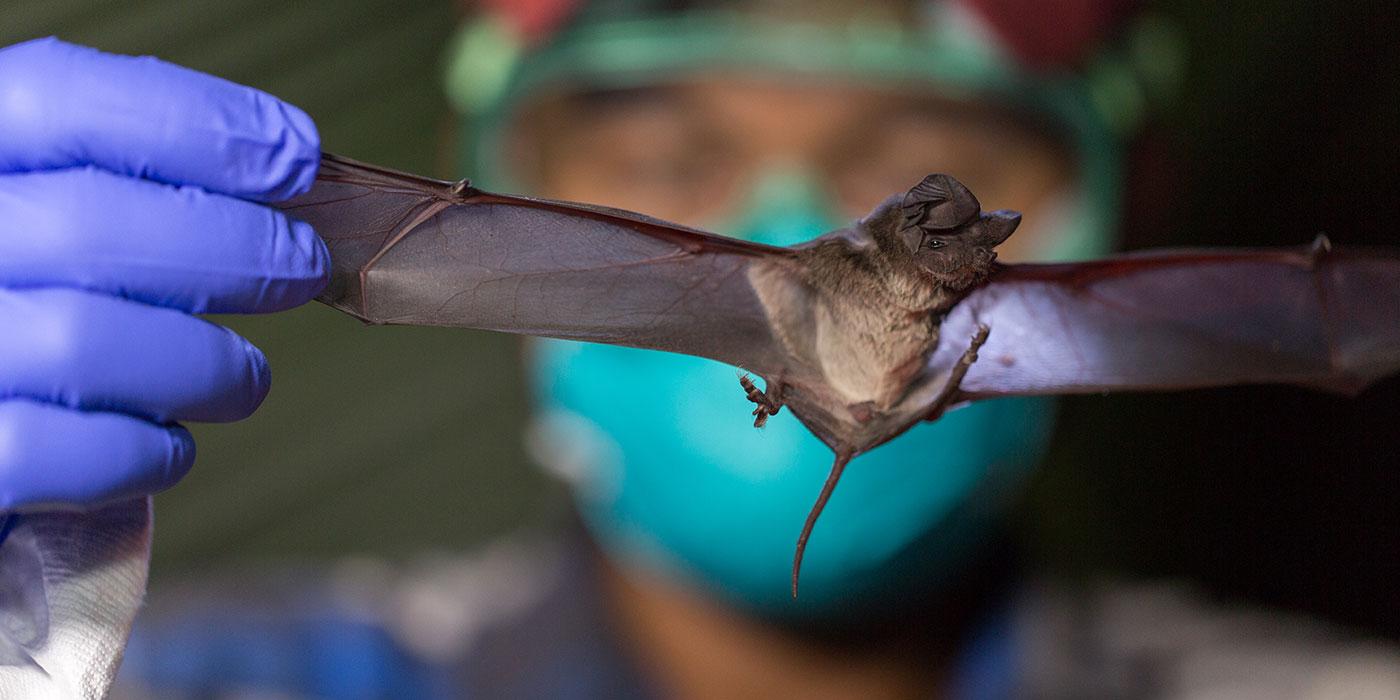Update on Kenyan Rhinos
As threats to rhino populations worldwide become more dire, any and every factor in their population health must be swiftly combated. When a mysterious disease emerged in Kenyan black and white rhinos, the Kenya Wildlife Service reached out to partner with the Smithsonian to investigate and combat this condition. Recently, Dr. Kali Holder from Smithsonian Global Health arrived in Kenya to examine samples and train technicians in sample processing. As a veterinary pathologist, Holder’s hope was to discover clues to identify the cause of the disfiguring disease that is causing large, open sores in the hides of Kenyan rhinos.
Investigating this disease requires an interdisciplinary team of scientists and a variety of diagnostic tools. Holder spent numerous hours in laboratories and at the microscope closely analyzing the samples that were available and creating a plan for future samples. She also delivered a presentation to a local scientific organization on the importance of interdisciplinary investigations for the safeguarding of rhino health.



